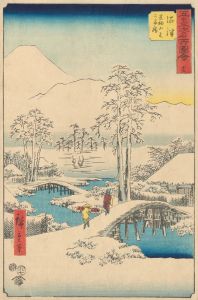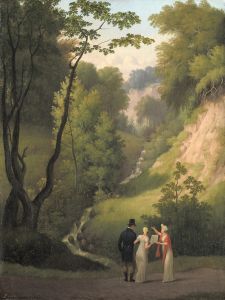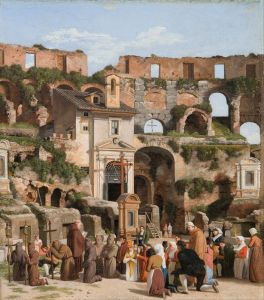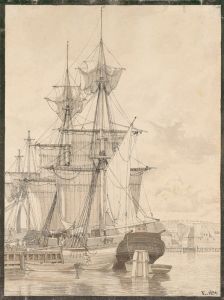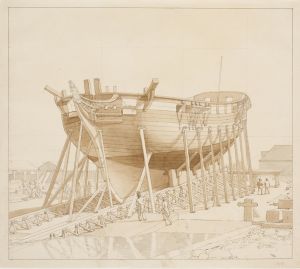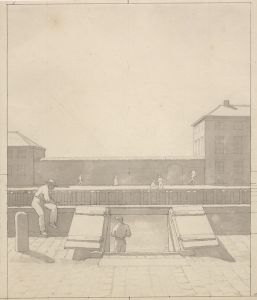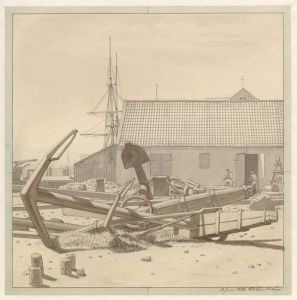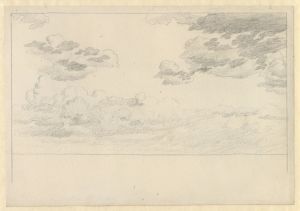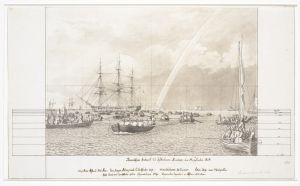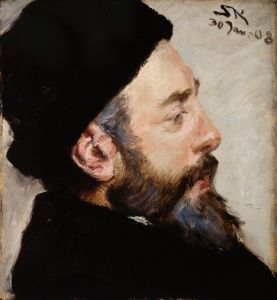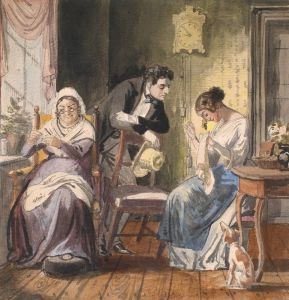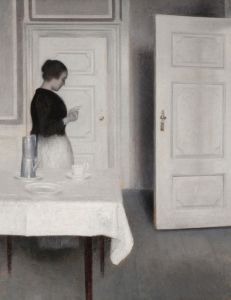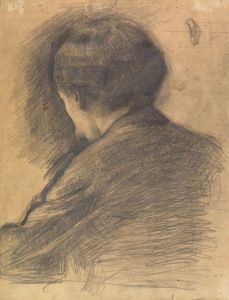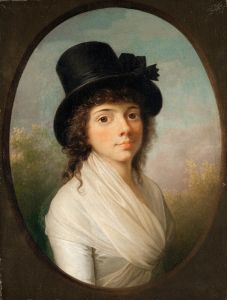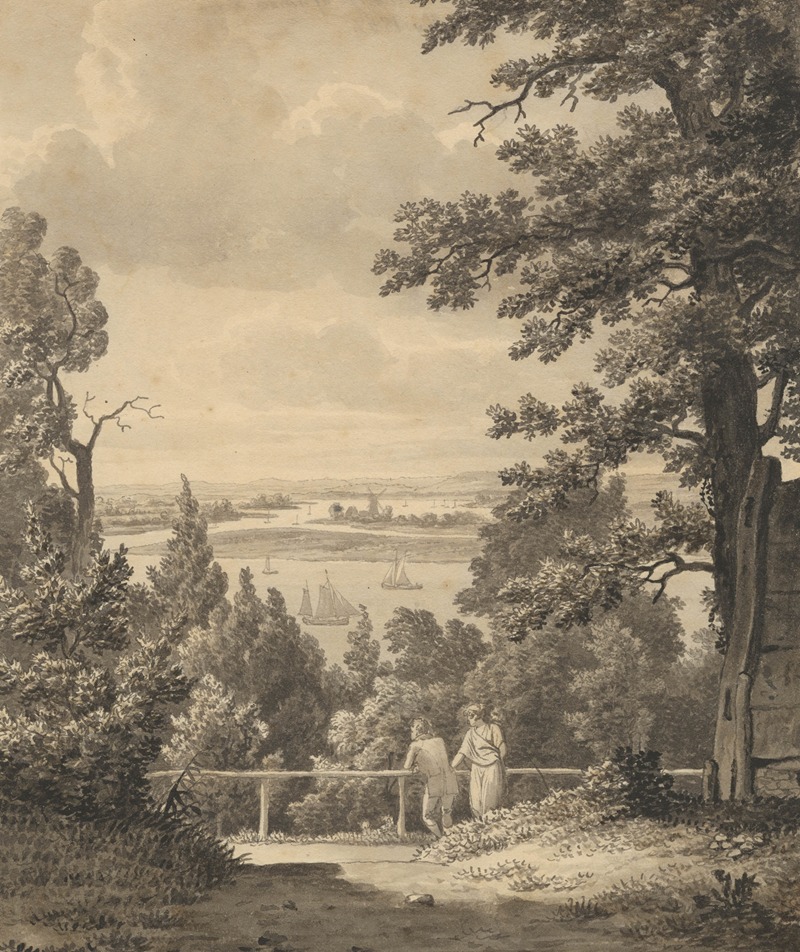
View from Altona overlooking the Elbe
A hand-painted replica of Christoffer Wilhelm Eckersberg’s masterpiece View from Altona overlooking the Elbe, meticulously crafted by professional artists to capture the true essence of the original. Each piece is created with museum-quality canvas and rare mineral pigments, carefully painted by experienced artists with delicate brushstrokes and rich, layered colors to perfectly recreate the texture of the original artwork. Unlike machine-printed reproductions, this hand-painted version brings the painting to life, infused with the artist’s emotions and skill in every stroke. Whether for personal collection or home decoration, it instantly elevates the artistic atmosphere of any space.
"View from Altona overlooking the Elbe" is a painting by the Danish artist Christoffer Wilhelm Eckersberg, who is often referred to as the father of Danish painting. Eckersberg was a pivotal figure in the Danish Golden Age of painting, a period that spanned the first half of the 19th century and was characterized by a focus on realism, attention to detail, and an interest in capturing the beauty of everyday life and landscapes.
Christoffer Wilhelm Eckersberg was born on January 2, 1783, in Blåkrog, Denmark. He studied at the Royal Danish Academy of Fine Arts in Copenhagen and later traveled to Paris and Rome, where he was influenced by the neoclassical style and the works of artists such as Jacques-Louis David. Eckersberg's time in Italy was particularly formative, as he developed a keen interest in landscape painting and the effects of light and atmosphere, elements that would become central to his work.
The painting "View from Altona overlooking the Elbe" was created during a period when Eckersberg was deeply engaged in capturing the Danish landscape and its surroundings. Altona, at the time of the painting, was a town located near Hamburg, Germany, and was part of the Danish monarchy until 1864. The Elbe River, which flows through Germany and into the North Sea, was an important waterway for trade and transportation, and its scenic views were a popular subject for artists.
Eckersberg's painting is noted for its meticulous attention to detail and its ability to capture the serene beauty of the landscape. The composition likely includes a view of the Elbe River, with its gentle flow and the surrounding countryside. Eckersberg's use of light and shadow would have been employed to create a sense of depth and to highlight the natural beauty of the scene. His technique often involved precise brushwork and a careful study of the effects of light, which can be seen in the way he rendered the sky and water.
Eckersberg's landscapes are celebrated for their clarity and realism, and "View from Altona overlooking the Elbe" would be no exception. His work often reflects a harmonious balance between man and nature, a theme that resonated with the ideals of the Danish Golden Age. The painting would have been created with oil on canvas, a medium that allowed Eckersberg to achieve the fine details and subtle gradations of color that characterize his work.
Throughout his career, Eckersberg was not only a prolific painter but also an influential teacher. He served as a professor at the Royal Danish Academy of Fine Arts, where he taught a generation of Danish artists who would carry on the traditions of the Golden Age. His emphasis on observation from nature and the study of light and perspective had a lasting impact on Danish art.
"View from Altona overlooking the Elbe" exemplifies Eckersberg's dedication to capturing the essence of the landscape with precision and sensitivity. While specific details about the painting's current location or its provenance may not be widely documented, its significance lies in its representation of Eckersberg's artistic vision and his contribution to the development of landscape painting in Denmark. Through works like this, Eckersberg helped to establish a national identity in art that celebrated the natural beauty and cultural heritage of Denmark.





